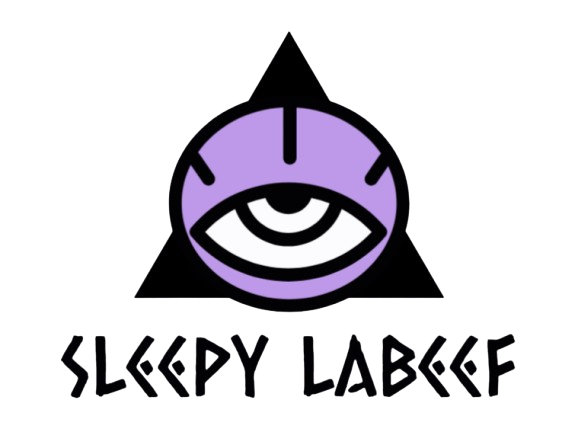Bioprinting and 3D tissue engineering are innovative technologies that have made significant contributions to the field of therapeutic dermatology, particularly in the area of wound healing. These technologies enable the creation of three-dimensional tissue constructs that can be used to treat various types of skin wounds. This overview explores the significance and applications of bioprinting and 3D tissue engineering in wound healing within therapeutique dermatologique.
Challenges in Wound Healing:
Wound healing, particularly for chronic and complex wounds, can be challenging due to factors like infection risk, scarring, and the need for tissue regeneration. Traditional wound care methods may not always yield optimal results.

Bioprinting and 3D Tissue Engineering:
Bioprinting and 3D tissue engineering involve the fabrication of living tissue constructs with precision and control. These technologies have several applications in therapeutic dermatology:
- Skin Tissue Engineering:
3D bioprinting enables the creation of skin grafts with complex structures that closely mimic natural skin. These grafts can be used for wound coverage and repair.
- Bioink Development:
Special bioinks containing cells, growth factors, and biomaterials are used in bioprinting. These bioinks can be customized for specific wound healing purposes.
- Wound Dressings:
3D-printed wound dressings with advanced properties, such as antimicrobial activity and controlled drug release, can promote wound healing and reduce infection risk.
- Customized Tissue Constructs:
Patient-specific tissue constructs can be created to match the individual’s wound size, shape, and tissue requirements. This enhances the precision of wound treatment.
- Scar Reduction:
Bioprinting and tissue engineering can be used to create tissues that minimize scarring by promoting the regeneration of functional skin.
Applications in Chronic Wounds:
Bioprinting and 3D tissue engineering have significant applications in chronic wound healing, such as diabetic ulcers, pressure sores, and venous ulcers. These technologies offer new possibilities for promoting tissue regeneration and wound closure in cases where traditional treatments have limitations.
Future Implications:
The integration of bioprinting and 3D tissue engineering in wound healing has several future implications:
- Development of standardized bioprinting protocols and regulatory approvals for clinical use.
- Improved outcomes in chronic wound healing and reduced scarring.
- Expansion of these technologies to other dermatological applications, such as reconstructive surgery and tissue regeneration for skin conditions.
Conclusion:
Bioprinting and 3D tissue engineering are transforming wound healing in therapeutique dermatologique. These technologies enable the creation of customized tissue constructs and advanced wound dressings, offering innovative solutions for challenging wound types. With continued research and development, bioprinting and 3D tissue engineering are poised to enhance the field of therapeutic dermatology and improve patient outcomes.


